A lone tabby slab stands in Charleston’s busy Marion Square, a small remnant of what was once a massive fortification. It is surrounded by a fence with a plaque that reads, “Remnant of Horn Work. May 1780. Siege of Charleston.”
History
In 1757 construction began on a large earth and tabby horn work, which is a fortified wall with two half-bastions (the “horns”). It served as town gate near today’s King Street and included a gate and drawbridge. Fortifications were deemed necessary to protect Charleston against the Spanish. However, as the conflict with Spain came to an end—as did the subsequent war with England, the city decided it no longer needed the fortifications. The horn work was destroyed in 1784. (The map and information on the horn work comes from Nic Butler’s blog, the Mayor’s Walled City Task Force.)
Location
GPS: N 32°47.206 and W 79°56.181
Address: Marion Square (by the side of King Street across from the Marion Francis Hotel), Charleston SC 29403
Accessibility: always open to the public

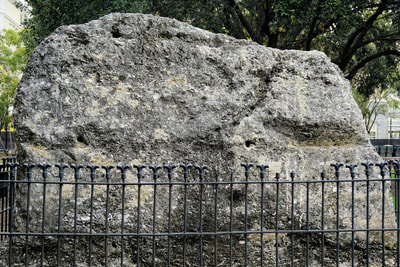
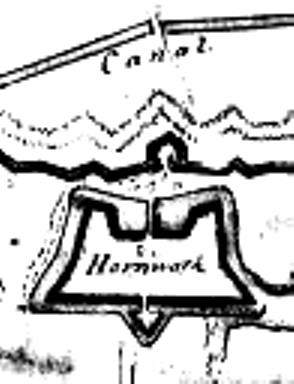
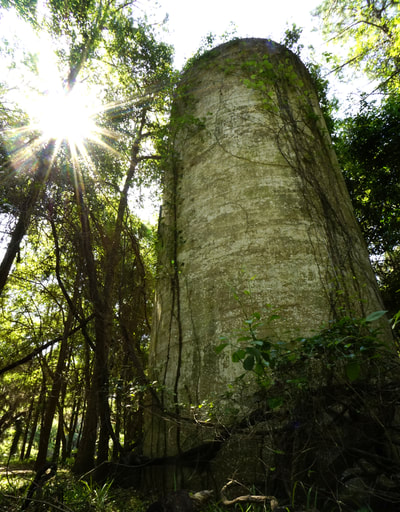
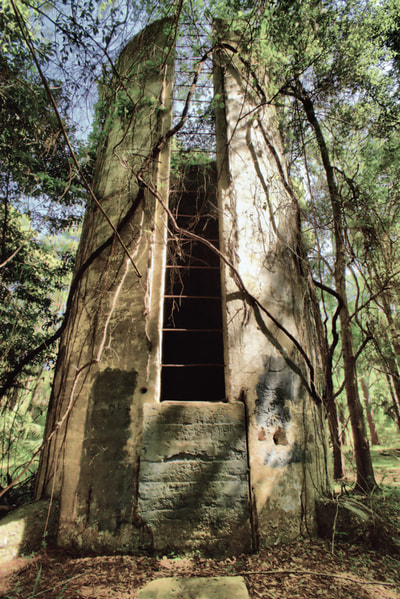
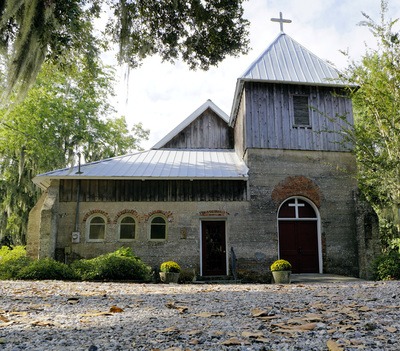
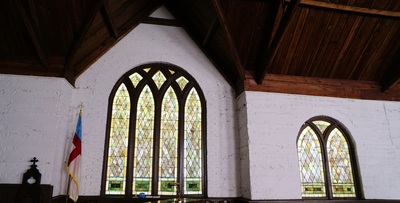
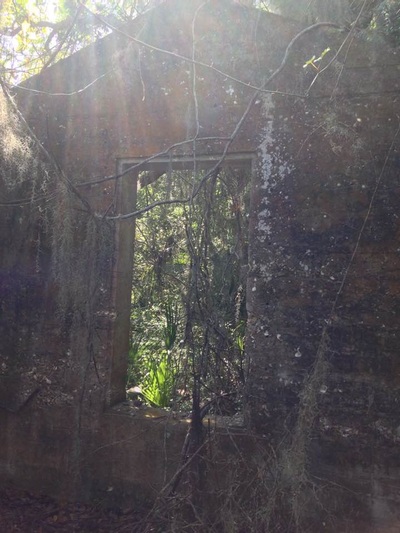
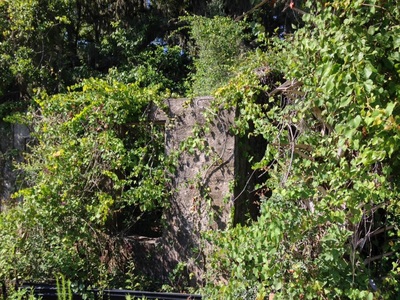
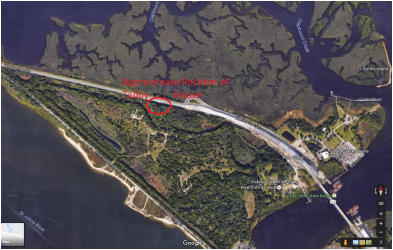
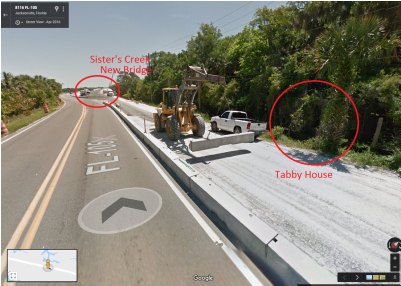
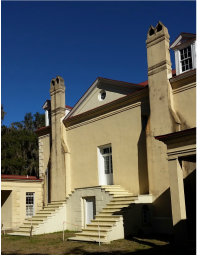
 RSS Feed
RSS Feed
